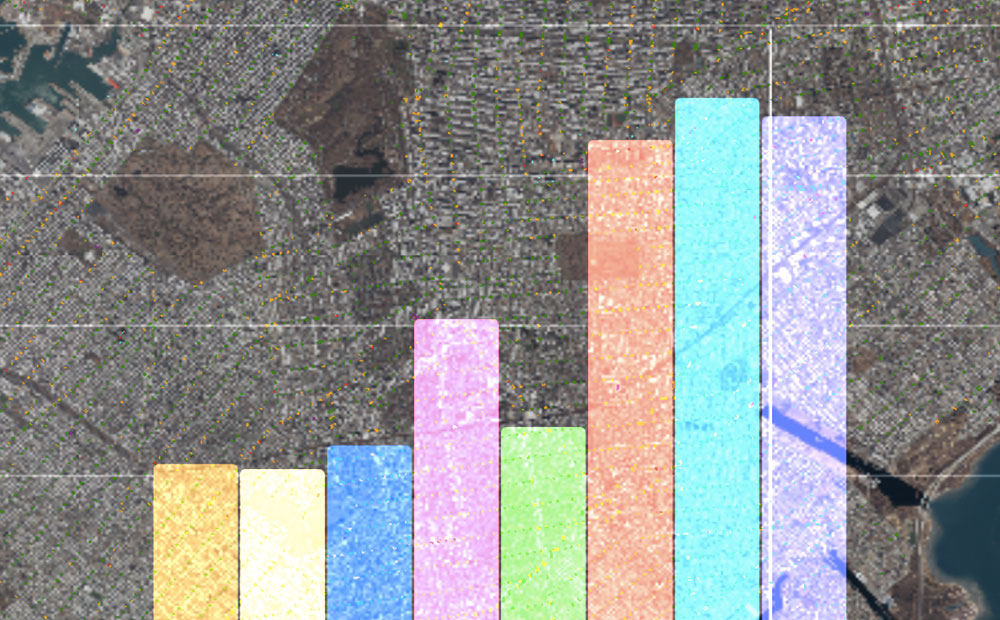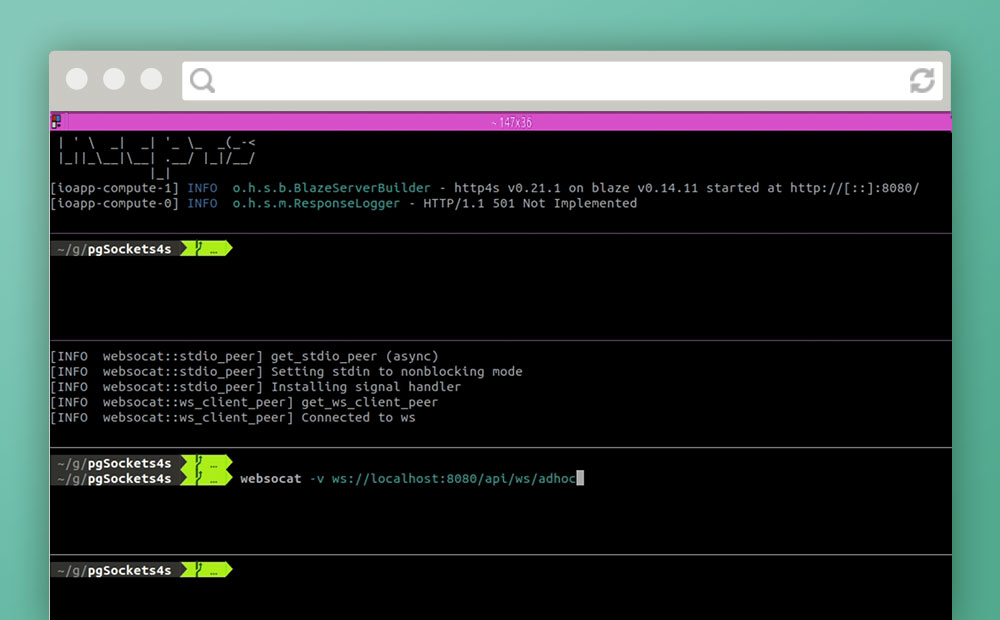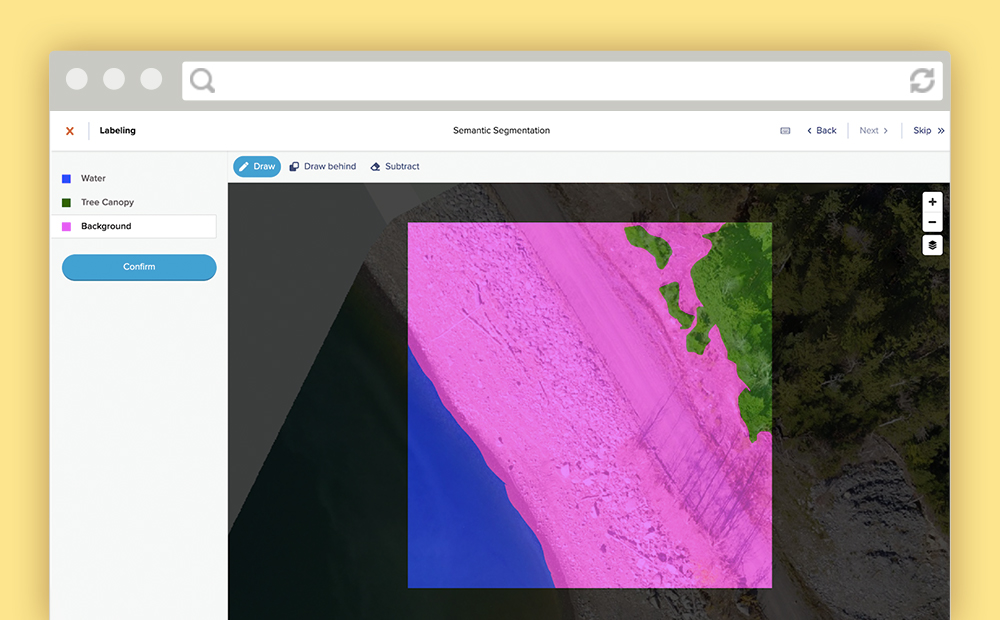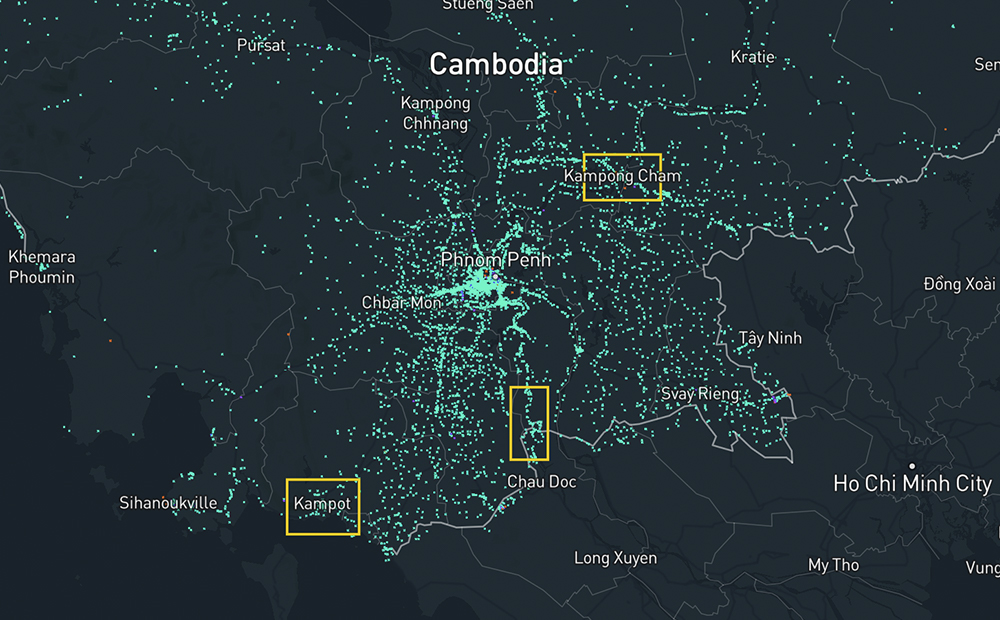Software Engineering
<- Return to all blogs
-

Image Classification Labeling: Single Class versus Multiple Class Projects
When labeling for image classification is it faster to complete projects with single or multiple classes? We ran an experiment to find out.
-
Image Classification Labeling: Single Class versus Multiple Class Projects
When labeling for image classification is it faster to complete projects with single or multiple classes? We ran an experiment to find out.

-
Notifications over Websockets with Http4s and Skunk
In an attempt to avoid relying on polling in a front-end application or third-party services, we attempt servicing asynchronous notifications over websockets using only PostgreSQL and Scala.

-
Prototyping Your Way to Good UX
I’m going to come right out and say it: prototyping is the most powerful tool in your UI/UX tool belt. Let me clarify. I still think of prototyping as one of the many ways to extract valuable information and iterate on a design–like user research or card sorting–but I now put prototyping at the top…
-
Can AI Reduce Harm to Children?: Gabriel Fernandez and the Case for Machine Learning
Could AI have saved Gabriel Fernandez’s life? Data and social scientists argue that machine learning might have kept him alive. What exactly is this potentially life-saving AI? Learn more about predictive risk modeling, how governments currently use similar AI, and the ethical questions such work raises.

-
Labeling Satellite Imagery for Machine Learning
Definitions and visuals of the most common ways to label satellite imagery for machine learning. Includes tips for managing annotations for each type.

-
America’s Cities are Sitting on a Gold Mine of Machine Learning Training Data
Cities may not know it, but by nature of collecting and maintaining various datasets, they are sitting on a treasure trove of machine learning-ready training data.

-
The Future of Machine Learning AMA
3 of our machine learning engineers answer your questions about the future of machine learning.

-
Building Footprint Comparison in Cambodia: Orbital Insight and OpenStreetMap
We created a map that shows the difference between two building footprint datasets of Cambodia: OSM and Orbital Insights’ AI generated dataset.

-
Color Correction in Space and at Sea
A common theme with projects at Element 84 is bridging the gap between data collection and its presentation to end-users. With satellite imagery, there is a pipeline of processing steps used to transform raw data into the imagery we see on our computers, phones and tablets. Basic Color Correction One of the important steps in…
-
Give The Gift of a Tech Debt Sprint This Agile Holiday Season
Holidays can be a challenging time in software development. How can you make the most of your velocity and energize the team at the same time? The holiday challenge For a lot of teams, the holidays are a time of year when a large amount of peope take off after saving their PTO for the…